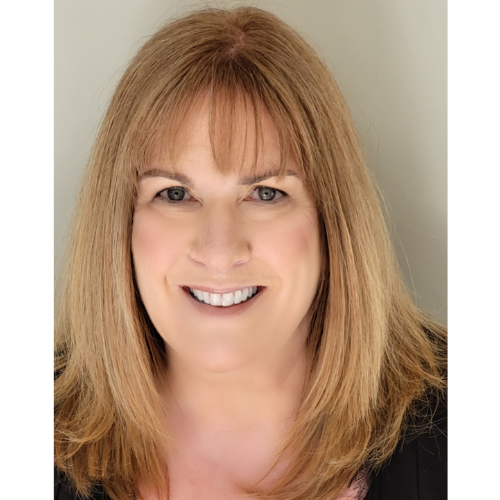
A New Way of Thinking About Engaging Couples
If you’re married, living with someone or have a client in either of those two situations, what I’m about to say won’t come as a massive surprise.
The two people in a couple think differently. Shocking, right?
Now there may be some ‘Leave It to Beaver’ throwback couples who are in perfect sync, but I’m going to focus on the real world for the purposes of today’s blog.
As human beings, we know that those differences are beautiful and the basis of a rich plan for the future. As advisors that means ensuring you tap into those differences to create deeper engagement and a better plan.
The ‘Non-Technical Partner'
There is a lot of talk about the ‘non-technical’ partner and how we can engage that individual. It’s a laudable goal, however the label may send us down the wrong path. It has an oddly dismissive ring to it.
It’s important to remember that the ‘non-technical’ partner isn’t any less engaged in his or her financial future. That partner is no less interested in defining and reaching their own goals or those they’ve co-created with the family. That partner is simply less interested in the technical details of how to reach those goals, doesn’t have the requisite experience or isn’t bothered to learn.
If we could get inside the head of the non-technical partner we might get a different perspective.
- “It’s not that I don’t understand what you’re saying, it’s that I don’t care. I’m focused on the bigger picture and my partner focuses on the details.”
- “Why do you keep talking about how we get there when I think more about where we’re going?”
- “Stop trying to get me engaged with the things you want to talk about. Try asking me what I want to discuss.”
The 'CEO Partner'
What if, instead of thinking about this individual as the non-technical partner we thought about him or her as the Chief Executive Officer (CEO) of the family and the technical partner as the Chief Operating Officer (COO)?
- The CEO cares deeply about the vision for the family. The COO crafts a plan to execute on that vision.
- The CEO is actively involved in defining the family’s values. The COO ensures those values are reflected in the plan.
- The CEO sets the course toward a defined destination. The COO plots the path based on professional advice to ensure they take the most effective route.
As a result, the CEO doesn’t need to get bogged down in all the details of the ‘how’ but does need to get involved regularly to discuss the ‘why.’
Engagement doesn’t mean requiring (hoping) both people attend every meeting. Instead it can mean creating structure and cadence around different meeting types and ensuring the right people are at the right meeting.
For example rather than quarterly reviews you might have:
- An annual family planning meeting attended by both the CEO spouse and COO spouse
- Three review meetings attended by the COO spouse
Engaging Both Partners
At the heart of true engagement is the idea of revealing an individual’s needs and responding through a personalized experience.
I’ve talked about this concept in the last two posts as it relates to both leads and prospects. But how does it connect to engaging couples?
To truly engage couples we believe you need to intentionally create space to understand their needs, concerns, history and challenges separately.
- What are they worried about?
- How are they thinking about the future?
- What’s their relationship with money?
But we can’t throw these kinds of questions at the top of an agenda and hope to squeeze in a deep discussion before jumping into a portfolio review. Instead, we believe that advisors need a process to invite partners to respond to questions separately and in advance of a review meeting and to feed the insights from their responses into the agenda.
Client responses to carefully crafted and thoughtful questions will drive an engaging agenda and a meaningful plan. Not only do you capture the needs, thoughts and feelings of the lead client but of the spouse. And not only can you use their responses to set the agenda but use the differences between their responses to drive the real discussion.
If you’re only asking the ‘technical spouse’ for input on the agenda, you don’t have all the information you need to deliver great advice. You have input from the COO on the ‘how’ but may not have a full picture of the ‘why.’
Thanks for stopping by,
Julie
P.S. Want to offer your clients a more engaging experience with less effort? Book a demo now of our Absolute Engagement Engine.





